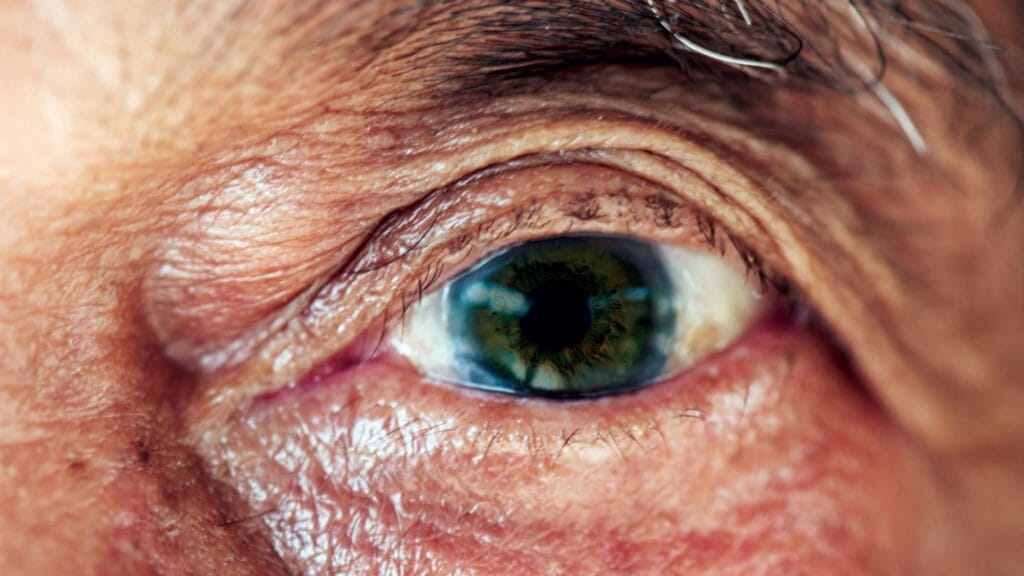
Developers of an innovative eye-scanning tool recently received $20 million to see if they can produce a vision for low-cost, easy-to-use method to detect and preempt vision loss.
The technology, created by engineers at Washington University in St. Louis, could eventually be used within optometry care services that cater to nursing homes and other senior living communities.
Roughly 1 in 4 seniors have some form of vision impairment, studies show. While some eyesight decline may be inevitable as one ages, treating and slowing eye conditions could have a major impact on reducing the risk for falling and fractures.
Early diagnosis could help prevent up to 90% of more severe forms of vision loss and blindness, the Washington University researchers said.
The $20 million windfall comes courtesy of a five-year contract with the Advanced Research Projects Agency for Health, which is looking to develop “unconventional” technology approaches to treating diseases.
The eye scanner relies on an imaging technology system called optical coherence tomography, or OCT. While current OCT systems are large and complex, the Washington University researchers’ goal is to put that technology into a light, handheld scanner.
The proposed design process would make such imaging “more accessible to a wider range of healthcare facilities and patients,” lead researcher Chao Zhou, PhD, said in a statement.
The technology also could make advanced retinal scans accessible to seniors who, for various health reasons, can’t be sedated or have their pupils dilated.
Although the portable OCT device isn’t yet in senior living or care facilities, a new AI and machine learning tool has shown promise in identifying early signs of visual impairment in seniors.
Other research warns that city-dwelling seniors need to be aware of the greater risk for age-related macular generation from light pollution, McKnight’s recently reported.
The eye scanner researchers hope to conduct studies using the device on adult patients within the five-year time frame. Although the technology is still in the early stages of development, the researchers said that by working with ARPA-H, and later the US Food & Drug Administration, they hoped to accelerate commercial availability.


